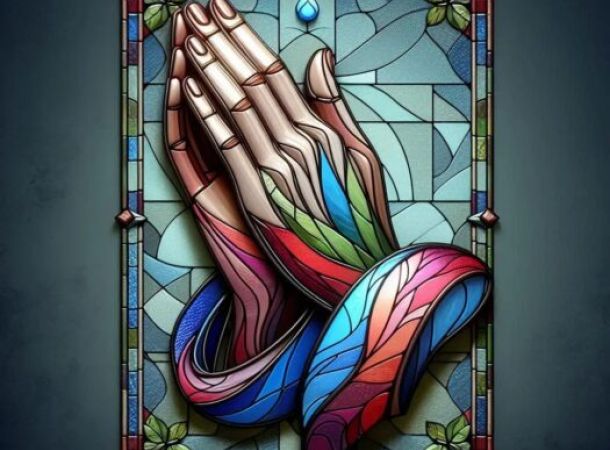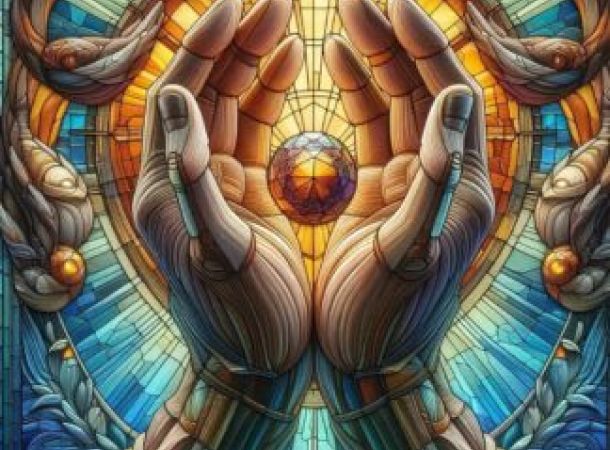Brazen Forehead
Exodus 39:30: Then they made the plate of the holy crown of pure gold and wrote on it an inscription like the engraving of a signet:
HOLINESS TO THE LORD.
In the Torah Portion labeled Pekudei (Exodus 35:1-38:20), meaning “Accounts” or “Amounts,” we find the above verse describing the sign worn on the High Priest’s forehead. The forehead is a place where identity is marked. I read an article stating that in the ANE, owners would brand their slaves on their hands and foreheads (article). In this case, the Levitical command not to get a tattoo was more for the sake of the Israelites’ newfound freedom from slavery, and God did not want them to mark themselves to identify with slavery anymore. The Holy One asks that the High Priest wear a golden plate on his forehead, clearly declaring that he is holy, set apart, consecrated, or separated to do a sacred work unto the LORD.
Counter to being identified with an extraordinary Godly work, someone could bear a mark for an unholy purpose. This identifying brand would be on the forehead and hand, making me think it symbolizes one’s thoughts, beliefs, and actions.
Isaiah 44:5: One will say, “I am the Lord’s”; Another will call himself by the name of Jacob; Another will write [on] his hand, “The Lord’s,” And name himself by the name of Israel.
Revelation 13:16-17: He also causes all—the small and the great, the rich and the poor, the free and the slave—to receive a mark on their right hand or upon their forehead. And so no one can buy or sell unless he has the mark—either the name of the beast or the number of his name.
Galatians 6:17: From now on let no one make trouble for me, for I bear on my body the [marks or branding marks] of Yeshua.
We can find vivid imagery in places like Jeremiah 3:3, where the prophet calls Israel a harlot because of idolatry and says she has a harlot’s forehead that refuses to be ashamed. Another place describing a brazen forehead is Ezekiel 3:8-9, which refers to a hard heart, rebelliousness, or unrepentance. In Revelation 17:5, John says the mark of the beast is on one’s forehead and hand. The number of the beast, six, is the number of the beast and man created on the sixth day. Instead of saying, Holiness unto the LORD, it writes,
“Babylon the Great, the mother of prostitutes and the detestable things of the earth.”
Babylon or Babel means confusion. It is the name of the tower humans built in the story found in Genesis 11. The children of men built a name for themselves, not for God. In contrast, the Tabernacle was constructed by the hands of men for the Name of God to rest. I think of Babylon as a house of humans built by human hands, sustained by wealth. Shabbat is a sign of someone dwelling in the House of God metaphorically, and it is common to abstain from commercialism on the seventh day of the week to show that we trust in God’s provision. Those who metaphorically abide in the House of Man can never stop consuming and producing because, most likely, their house will fall. The house of man is identified with rebellion, hard-heartedness, and stubbornness because Nimrod, the leader of the gang in Genesis 10, was mighty against the face of God (Gn 10.9).
A mark on our hand could symbolize what house we are building, God’s or ourselves. The forehead symbolizing one’s beliefs or identity could then point to whether someone desires to build a dwelling for the Divine Presence in humility and love or whether we are committed to building a name for ourselves in stubbornness, rebellion, and self-seeking ambition. Whose name is on your forehead? I think about the third of the Ten Commandments and how it asks us not to carry the name of the Holy One in vain, like a name on our forehead. Personally, this means that we shouldn’t go out into the world and tell people that we represent the God of Abraham and then act like a hoodlum. That would misrepresent a good God and cause others not to enter into faith because of our shenanigans. This commandment doesn’t mean we have to be perfect to tell others that we identify with this faith, because we are human, which means we are messy. The High Priests who wore this label made mistakes and lived messy lives. However, their beliefs and actions should have consistently been laced with repentance, which is the beginning of repair and loving God and others. We must stay engaged in this human experience by being humble, taking accountability for our actions, and repairing hurts the best way we can, knowing that we are also holy unto the LORD.




Leave a Reply